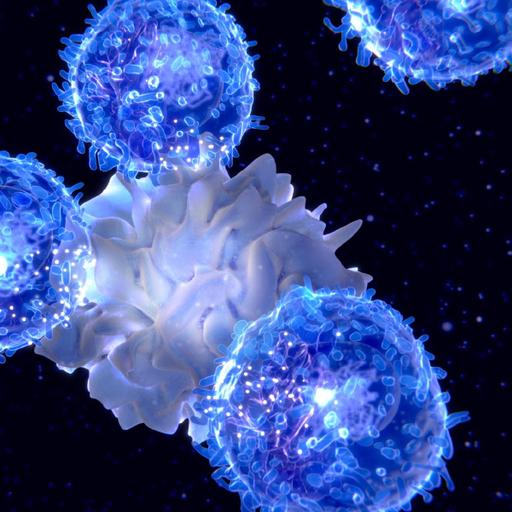Transduction
Presentations | English
Transduction is the process by which foreign DNA is introduced into a cell by a virus or viral vector. An example is the viral transfer of DNA from one bacterium to another and hence an example of horizontal gene transfer. Transduction does not require physical contact between the cell donating the DNA and the cell receiving the DNA (which occurs in conjugation), and it is DNase resistant (transformation is susceptible to DNase). Transduction is a common tool used by molecular biologists to stably introduce a foreign gene into a host cell’s genome (both bacterial and mammalian cells). Generalised transduction occurs when random pieces of bacterial DNA are packaged into a phage. It happens when a phage is in the lytic stage, at the moment that the viral DNA is packaged into phage heads. If the virus replicates using ‘headful packaging’, it attempts to fill the head with genetic material. If the viral genome results in spare capacity, viral packaging mechanisms may incorporate bacterial genetic material into the new virion.

12.00
Lumens
PPTX (48 Slides)
Transduction
Presentations | English
